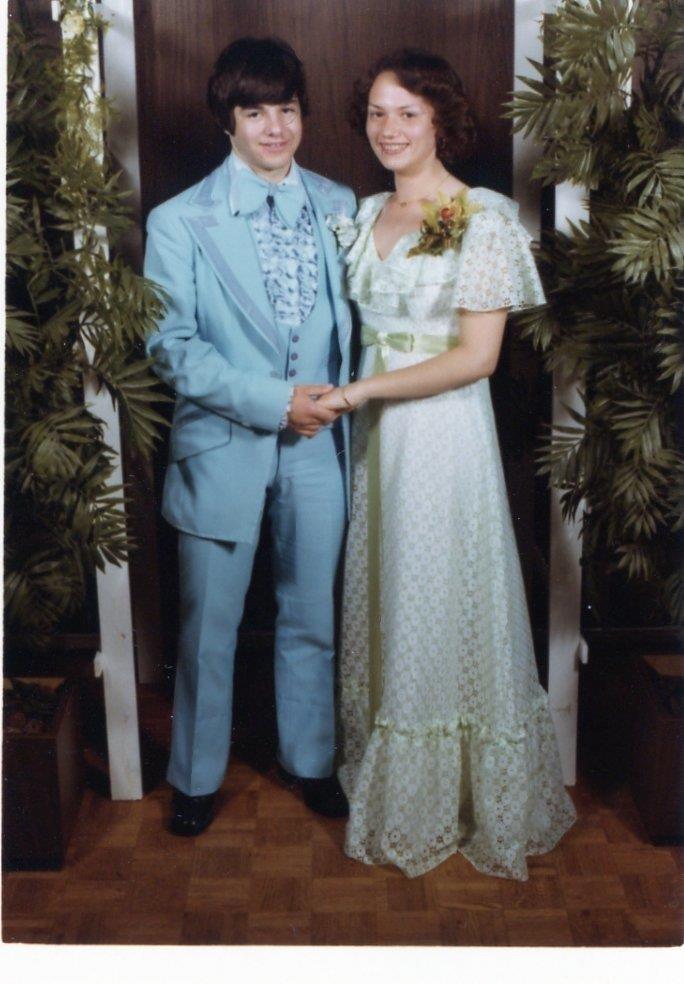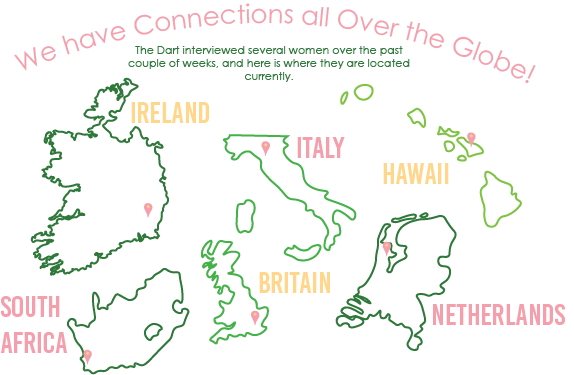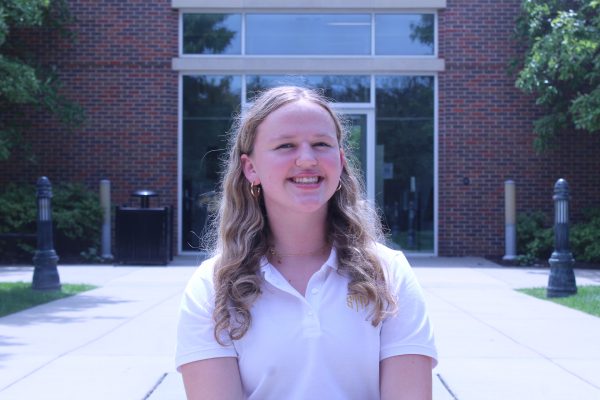“Do you ever look at someone and wonder, what is going on inside their head?” This summer’s movies had everyone wondering that same thing. “Inside Out 2,” “Twisters” and “It Ends with Us” all portray mental health issues in some shape or form.
Perhaps the most successful movie of the summer was Disney’s “Inside Out 2,” earning around $1.46 billion in the box office. Following Riley, the main character of the first movie “Inside Out,” the sequel highlights how different emotions evolve through her transition into high school, introducing new emotions, such as Anxiety, Envy, Embarrassment and Ennui.
Because the movie touches on Riley’s difficult emotions, it can provide awareness to viewers on mental health issues. The film also shows how difficult high school can be when someone struggles with anxiety or any other tough feeling.
Sophomore Claudia Wilson, who played Riley in STA’s orientation videos, relates to this message.
“’Inside Out 2’ does a really good job of explaining social pressures and how you feel when you go into high school,” Wilson said. “It represents how anxious and insecure you can feel in a new environment.”
STA’s school counselor Amanda Johnson agrees with the sentiment of strong emotions increasing as one gets older.
“I thought that [the movie] was good because emotions get bigger, stronger and more intense as we get a little bit older,” Johnson said. “We start to realize more things, so we feel more things.”
Not only does “Inside Out 2” spread awareness of new emotions, but it also gives advice to all ages on how to navigate them.
“Movies like ‘Inside Out’ really focus on emotional intelligence, being aware of what our emotions are and how we feel,” Johnson said. “When we learn to understand our emotions and what our body, our mind and our brains are feeling, we can manage it and deal with it differently.”
Navigating emotions is an important skill to have in high school especially, according to Wilson. Understanding how emotions work can help people understand each other’s experience.
“[Inside Out 2] even taught me things when I saw it over the summer,” Wilson said. “I saw my experience and the experience of people around me while going into high school through the movie and I think it’s really great.”
While “Inside Out 2” appeals to these everyday emotions of STA students, movies like “Twisters” touch on more traumatic mental struggles, like post-traumatic stress disorder, or PTSD.
The movie begins with Kate Carter, played by Daisy Edgar-Jones, chasing a tornado with her high school friends in Oklahoma. Tragedy ensues when several of the students are killed during the chase; Carter is shattered by the event and deals with the long-term repercussions. Years later, Carter is convinced to chase one more tornado, but the movie highlights her struggles with flashbacks and PTSD.
This movie showcases the needs of PTSD victims and valuing one’s mental state over peer pressure. For example, Carter decides to put herself first when her friends decide to go storm chasing. Experiencing a flashback, she backs away from chasing the storm.
Junior Ava Haskins, who absolutely loves “Twisters,” witnessed how PTSD can manifest in different ways when she saw the film.
“[The movie] shows that PTSD can look like many different things,” Haskins said.
When watching “Twisters” this summer, Haskins noticed how STA helps students with similar mental health issues.
“We in the STA community have to stick together and always be there for each other with the sisterhood that we create in our four years at STA,” Haskins said.
Haskins also sees movies in general as an escape from our small screens.
“As humans we see enough of the fake life on social media and we need movies and TV shows that pull us away from all of that,” Haskins said.
Though movies can be a distraction from social media, filmmakers also can use social media to advertise. One movie that gained popularity primarily through social media is “It Ends with Us.”
Based on the book by Colleen Hoover, “It Ends with Us” is about Lily Bloom, an eccentric florist, and her struggle with generational domestic violence.
After reading the book, junior Julianna Vesey went to see “It Ends with Us” in theaters, and connected to it.
“I like the storyline and the characters,” Vesey said. “It’s a romance, but also spreads awareness.”
Like “Inside Out 2” and “Twisters,” “It Ends with Us” shows viewers how conflicting different emotions and situations can be.
“You can see the internal conflict between Lily deciding if she should stay with her husband or not,” Vesey said. “Then you can also see at the end, or towards the end, when she realizes everything, and knows that it’s a bad situation.”
Vesey also understands the importance of mental health representation in all movies, just as “It Ends with Us” does.
“Movies can help people be more open about things if they’ve experienced similar situations or if they’re just scared to talk about mental health or anything that they’re going through,” Vesey said.
Vesey relates to this movie not in the domestic violence aspect, but in how strong friendships are prevalent in a person’s life.
“I think ‘It Ends with Us’ does [connect to my life at STA] a little bit just in the friendship aspect between Lily and Ryle’s sister,” Vesey said. “They’re really good friends throughout the movie and right off the bat, too.”
Life at STA connects to all these movies because mental health awareness is important to students. To Johnson, mental health must be made a priority at STA because so many people deal with it.
“One in five young women struggle with some type of mental health issue like anxiety or depression,” Johnson said. “So we need to make sure that our students and our community have resources available to make sure everyone feels supported.”
One way Johnson has made sure that everyone has felt support at STA is through Sources of Strength, an extracurricular based on a universal program preventing mental health crises and highlighting people’s support systems.
“At STA, we have a really great Sources of Strength program,” Johnson said. “Sources is about promoting a message of hope, healing and strength, rather than sadness, despair, loneliness and crisis.”
Sources of Strength offers a number of campaigns to remind students that they are not alone.
“We’ll do different things around campus, like Post-It notes on the cars or the mirrors in the bathrooms, just to give people positivity.” Johnson said.
In addition to sources of strength, another way for students to get involved in mental health advocacy at STA is to know who to contact when someone is in crisis.
“I think one of the most important things is to know who we can talk to,” Johnson said. “In crisis we should know, “Let’s call 988, let’s go see Miss Johnson. Let’s go see Mrs. Gajewski. Let’s go check in with our advisor.’”
With the popularity of this summer’s movies and STA’s advocacy practices, this feeling of openness about mental health is contagious to students, which Vesey has noticed.
“Our counselors are just very open and are very comforting if you ever need anything,” Vesey said. “The energy the community gives off is just helpful. You can talk to anyone, and you won’t be judged.”








